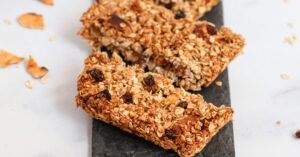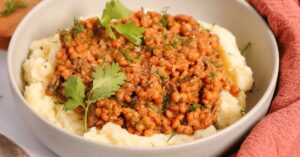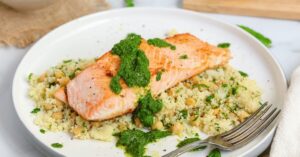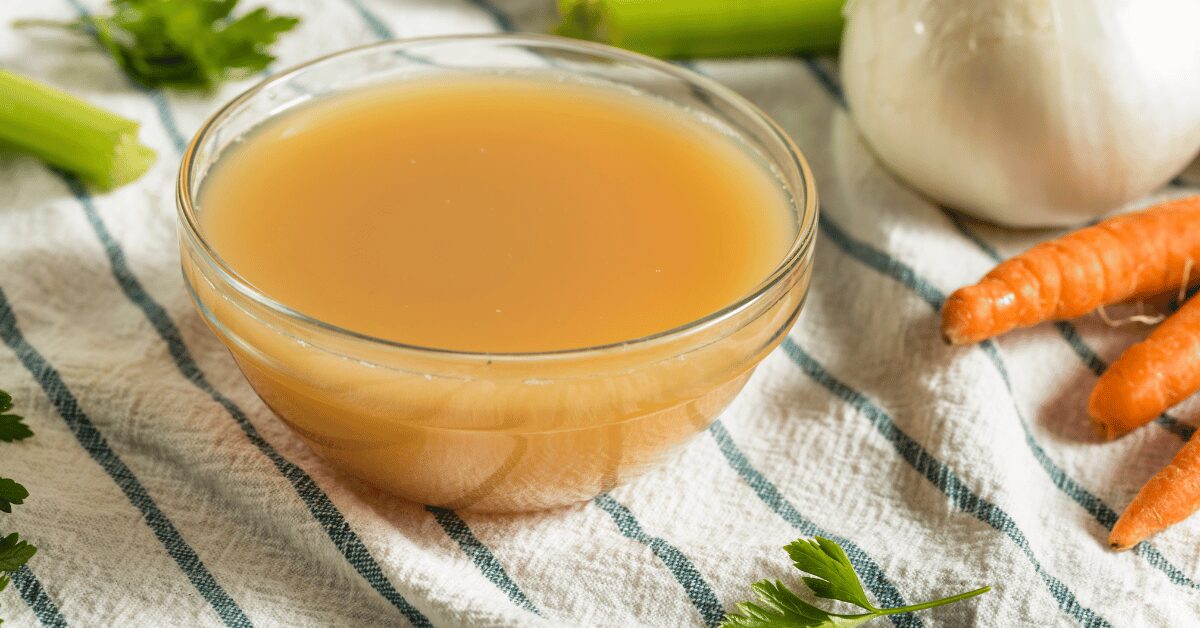
If you’ve been feeling bloated, heavy, or just off after meals, it’s easy to blame your entire diet.
But it’s not about eating perfectly.
It’s about noticing which foods help your body feel steady and which ones tend to throw things off.
There’s no one-size-fits-all when it comes to digestion.
But there are patterns. And paying attention to them matters.
Let’s break it down—not to label foods as “good” or “bad,” but to give you a clearer starting point rooted in how your digestive system actually works.
Foods that tend to support digestion:
Cooked vegetables (easier on the gut than raw, especially when things feel inflamed)
Cooking breaks down cellulose and softens fiber, reducing the mechanical burden on your gut. When your digestive fire is low—think low stomach acid, sluggish motility, or inflamed intestinal lining—raw veggies demand more enzymatic output and can ferment in the gut, leading to gas and bloating. Cooked vegetables are pre-digested in a sense, giving your system a break while still delivering nutrients.
Bone broth or long-simmered soups
Bone broth is rich in glycine, proline, and glutamine—amino acids that help repair the gut lining and support tight junction integrity (think: reducing “leaky gut”). The gelatin in broth also soothes inflammation and aids in the breakdown of proteins. Plus, warm liquids stimulate digestive secretions without overwhelming the system.
Wild-caught salmon, sardines, or pasture-raised meats
These are nutrient-dense, bioavailable protein sources that don’t carry the inflammatory load of conventionally raised meats (which may contain hormones, antibiotics, and omega-6-heavy feed). Omega-3s from fatty fish actively reduce gut inflammation and support the integrity of the intestinal barrier. Pasture-raised meats offer better fatty acid profiles and are easier for a compromised gut to handle.
Fermented foods like sauerkraut, kimchi, kefir (start small and slow)
Fermented foods deliver live probiotics and organic acids that support microbial diversity and gut barrier function. They also contain prebiotics and postbiotics (metabolites like short-chain fatty acids) that feed your gut lining. But if you have SIBO or histamine intolerance, these can backfire—so introduction needs to be gradual and individualized.
Soaked or sprouted grains and legumes
Soaking and sprouting reduce phytic acid and enzyme inhibitors that can block mineral absorption and irritate the gut lining. This process also begins breaking down starches and proteins, making them easier to digest and less likely to ferment in the small intestine.
Ginger, fennel, peppermint, and other digestive herbs
These are carminatives—they help relax the smooth muscle of the GI tract, reduce spasms, and promote motility. Ginger stimulates gastric emptying and has anti-inflammatory properties. Fennel and peppermint reduce bloating and cramping by easing tension in the intestinal wall. They also stimulate bile flow and enzyme secretion.
Warm teas and meals, especially if your gut feels cold or tight
From a functional and traditional medicine perspective, warmth supports enzymatic activity and relaxes the nervous system. Cold foods can slow gastric emptying and reduce blood flow to the digestive organs. Warm meals signal safety to your parasympathetic nervous system—the “rest and digest” mode you need to actually break down food.
Well-cooked starches like sweet potatoes, squash, or rice
These are low-FODMAP, easy-to-digest carbohydrates that provide glucose without spiking blood sugar dramatically. They also feed beneficial bacteria that produce butyrate—a key fuel for your colon cells and a powerful anti-inflammatory compound. When cooked and cooled, they form resistant starch, which acts as a prebiotic.
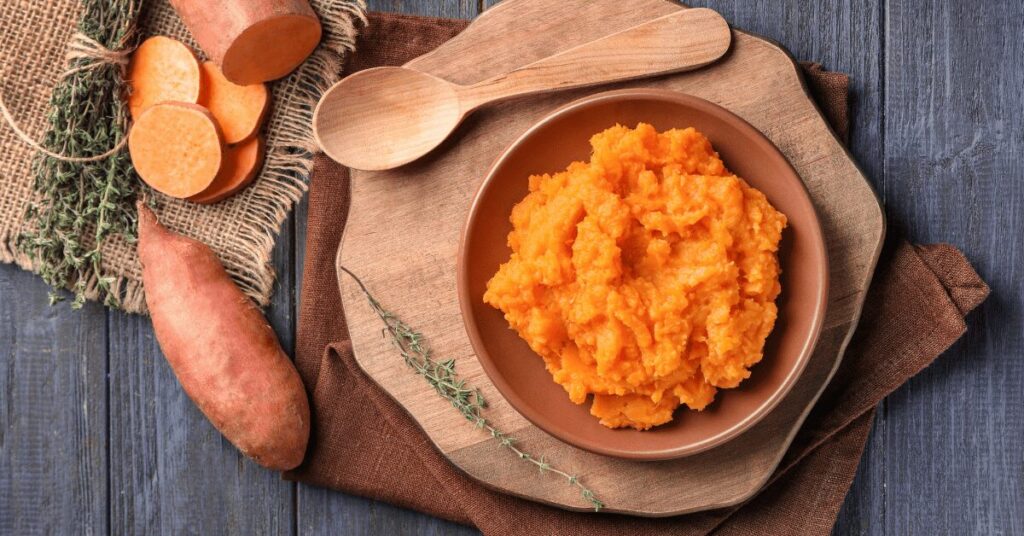
Foods that might be harder on your gut (especially when it’s already struggling):
Ultra-processed snacks and sugary drinks
These are devoid of fiber and nutrients but high in refined sugars and seed oils, which promote gut dysbiosis (imbalance of bacteria), increase intestinal permeability, and spike inflammation. They also feed pathogenic bacteria and yeast, worsening bloating, brain fog, and systemic inflammation.
Artificial sweeteners like sorbitol or sucralose
Many sugar alcohols are poorly absorbed and ferment in the gut, causing gas and diarrhea. Some artificial sweeteners also alter gut microbiota composition, reducing beneficial bacteria and increasing glucose intolerance over time.
Fried or greasy foods
High-fat meals—especially those cooked in inflammatory oils—slow gastric emptying and require significant bile and lipase output. If you have sluggish gallbladder function, low bile production, or fat malabsorption, these foods sit heavy, cause nausea, and contribute to reflux or right-sided abdominal discomfort.
Excess alcohol or caffeine, especially on an empty stomach
Both are gastric irritants. Alcohol disrupts the mucosal lining, increases intestinal permeability, and impairs liver detox pathways. Caffeine stimulates acid production and can trigger reflux or anxiety-driven gut dysfunction via the gut-brain axis. On an empty stomach, the effect is amplified.
Large raw salads or cold smoothies when digestion feels weak
Cold, raw, fibrous foods require robust digestive fire—adequate stomach acid, enzymes, and motility. When your system is compromised, these can sit undigested, ferment, and create bloating. They also cool the system, which can dampen enzymatic activity and slow transit time.
Dairy and gluten for some people (but not everyone—listen to your body)
Lactose intolerance and casein sensitivity are common, especially if gut lining integrity is compromised. Gluten can trigger zonulin release, which loosens tight junctions in susceptible individuals (even without celiac disease). But sensitivity is bio-individual—some people tolerate fermented dairy or ancient grains just fine.
Meals eaten too quickly, or while multitasking
Digestion begins in the brain. The cephalic phase—triggered by the sight, smell, and thought of food—primes your stomach acid, enzymes, and bile. Eating in a stressed or distracted state keeps you in sympathetic mode (fight or flight), which shuts down digestive secretions, reduces blood flow to the gut, and impairs motility. You’re literally not equipped to digest when you’re dysregulated.
And here’s the real secret:
It’s not just what you eat. It’s how you eat.
Slow down. Chew well. Notice how you feel after.
Your body is giving you information all the time.
That bloating after lunch? That’s data.
The energy crash mid-afternoon? That’s feedback.
The way certain meals leave you feeling light versus heavy? That’s your gut talking.
Functional medicine isn’t about perfection—it’s about pattern recognition.
Start with one meal. One shift. One moment of presence.
Your digestion will thank you.
Ready to Take the Next Step?
If low energy, mood swings, cravings, or brain fog feel like your “new normal,” your gut may be asking for attention.
👉 Take our 3-minute “What’s Your Gut Imbalance Type?” Quiz here.
You’ll get a personalized 7-page report with:
✅ Your gut type (and what it means)
✅ Targeted food + lifestyle tips
✅ A smarter, functional medicine roadmap to resilience
This is your first step toward feeling like yourself again — with more energy, clarity, and ease in your body.
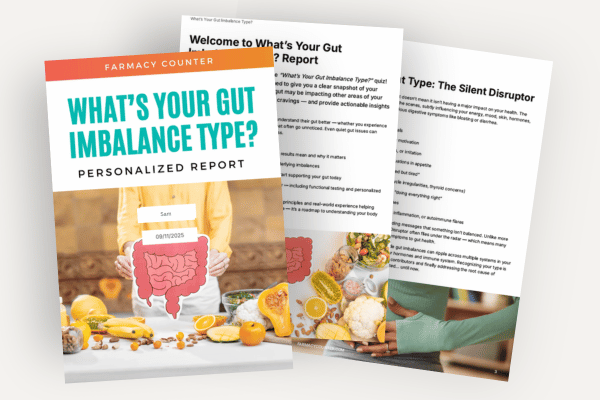
What’s Your Gut Imbalance Type?
Take our 3-minute quiz to discover your unique gut type — and get a personalized 7-page report with insights and actionable steps to support digestion, energy, mood, and overall gut health.



